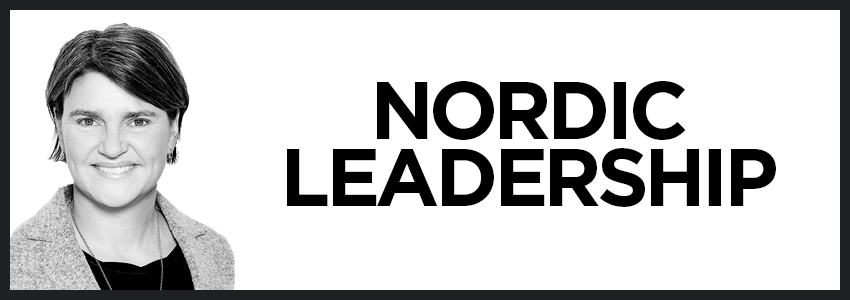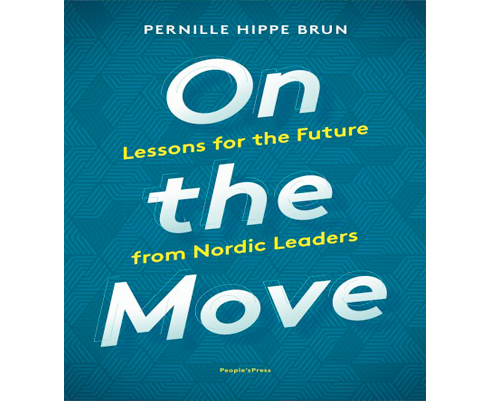Inclusive
Nordic leaders love to involve and listen to employees and will not shy away from making an inclusive process before making a decision. Especially the Swedes are known for their inclusive and involving style, where everyone's opinion needs to be heard and listened to, before consensus can be made.
By including and listening to everyone, you might have a longer process at the beginning, but once implementation needs to happen, everyone will know what led to the final decision being made, and the process can thus be speeded up, because the inclusive process often, if not always, has ensured buy-in from the stakeholders.
Being inclusive, however, not only counts for the process oriented style, but also for the fact that Nordic leaders do not want to make too big a difference between genders, rich and poor, people from different religions or sexual orientations.
Nordic people in general are very egalitarian in their mind-sets. Many Nordic organisations, and thus leaders, have early on developed inclusiveness strategies to ensure that everyone is treated equally, and has equal opportunities in the organisational setting. They might inspire other organisations abroad and do, in fact, pave the way in many circumstances, like IKEA has done when it comes to cherishing an inclusive and diverse workforce. It is therefore also quite a paradox that even in the Nordic countries we suffer from an imbalance in gender representation at board and executive level.
One thing that Nordic leaders need to be aware of, though, is whether the inclusion practice, which might be seen as beneficial in one culture, also fits another. We cannot just impose inclusive policies and practices - like mandatory vacation or paternity leave – without first fully understanding the local context and nuances.
The benefits of an inclusive and diverse workforce is something Nordic leaders very well could talk openly about. It is proven again and again that inclusive and diverse teams creates better performance and results. This might serve as an argument, should you as a Nordic leader meet resistance when trying to hire for diversity or to include people in decision-making.
Committed
Nordic leaders are purpose-driven. The greater good of an organisation, why we do what we do, to what benefit and to whom, matters to Nordic leaders. In fact, it is very difficult to motivate Nordic people to perform if they do not understand or buy into the bigger vision. This is probably due to the fact that the Nordic school system values and teaches critical thinking, teamwork and innovative solutions which might solve real-life problems.
Once Nordic leaders find themselves in an organisational setting, they instinctively try to establish some kind of purpose and meaning and explain to people why something needs to be done, rather than just saying “this needs to be done” without giving a reason.
Many Nordic organisations have early on adapted to the 17 UN developmental goals and are vocal about how they and their organisations intend to help solve some of the world’s biggest challenges and problems. While this may be inspirational and aspirational to many Nordic employees, this might not always be the case in other countries, where the mere survival and the monthly or weekly paycheck might be what matters the most to some employees.
We therefore, as with all the other characteristics of the Nordic leadership style, need to adapt and mix and match the Nordic style with the local practices and realities. This requires both emotional intelligence and situational awareness. When mastered, the benefits of bringing the Nordic style abroad are massive. People thrive, get more motivated, engaged and inspired, and they are able to change directions when needed.
Interestingly enough, we presently see a trend where international leadership styles are converging more and more towards the Nordic style, showing that this style might be exactly what is needed in an ever-changing, fast-moving and intense business world.


